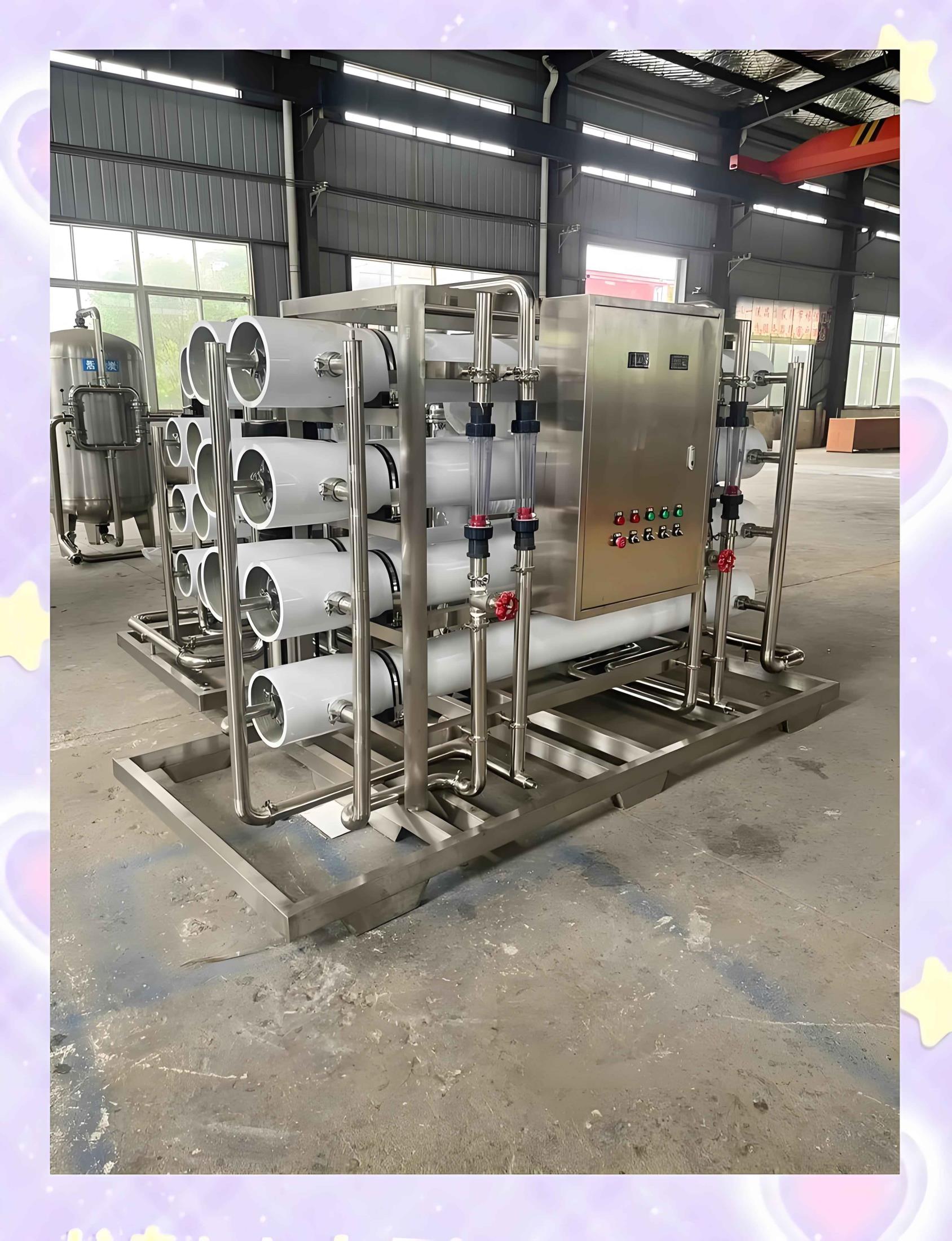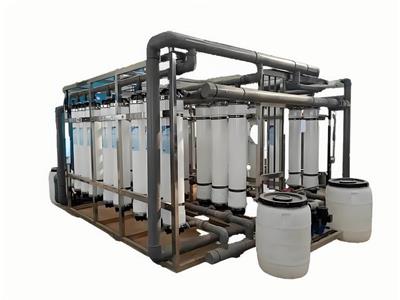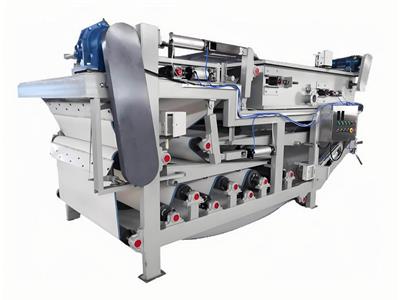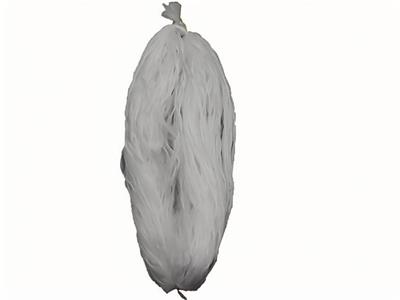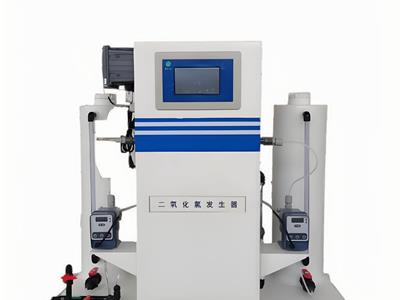- 2025-07-22
Commercial and Industrial NSF RO Systems (Components Only)
Reverse Osmosis System Certification Standards and Technical Specifications
As a global public health and safety authority, NSF International has established a unified safety certification system for drinking water treatment equipment by formulating consensus-based national standards and coordinating regulatory agencies, industry and public health experts. As the core process of water treatment, all components of the reverse osmosis (RO) system that come into contact with drinking water must be NSF certified to ensure the safety of human water use.
System composition and certification requirements
Industrial and commercial RO systems both include pretreatment units, membrane components and auxiliary systems. Certification focuses on:
Materials that directly contact water bodies: media filter fillers, ion exchange resins, membrane elements, pressure vessels, pipelines and valves (such as Fleck/Clack control valves) must comply with NSF/ANSI 61 material safety standards
Differentiated pretreatment design:
Commercial systems mostly use media filtration + softening resin pretreatment
Industrial systems can use chemical antiscalants instead of softening processes, but the chemical system must simultaneously meet NSF/ANSI 60 chemical safety specifications
Analysis of NSF certification core standards
1. Standard 42: Sensory index control
The ability of certified equipment to remove non-health-related pollutants such as chlorine, odor, and particulate matter. The particle retention level is divided into:
Level I: 0.5-1.0 micron fine filtration
Level VI: >50 micron basic filtration
2. Standard 53: Health risk control
For health hazards such as microorganisms (including pathogenic protozoa), disinfection by-products, and pesticides, carbon filters and other media are required to have directional removal capabilities. The dual certification system (42+53) can simultaneously ensure the sensory and safety of water quality.
3. Special process standards
Standard 44: Ion exchange water softener hardness removal certification
Standard 55: UV disinfection system microbial inactivation efficiency verification
Standard 58: Reverse osmosis system TDS removal and health declaration certification
Key points for certification implementation
Certification is only for declared pollutants and does not guarantee the removal of all pollutants
Equipment performance data must clearly mark the specific removal of pollutant categories and efficiency
Membrane system certification must cover the entire process from pretreatment unit to terminal water production

